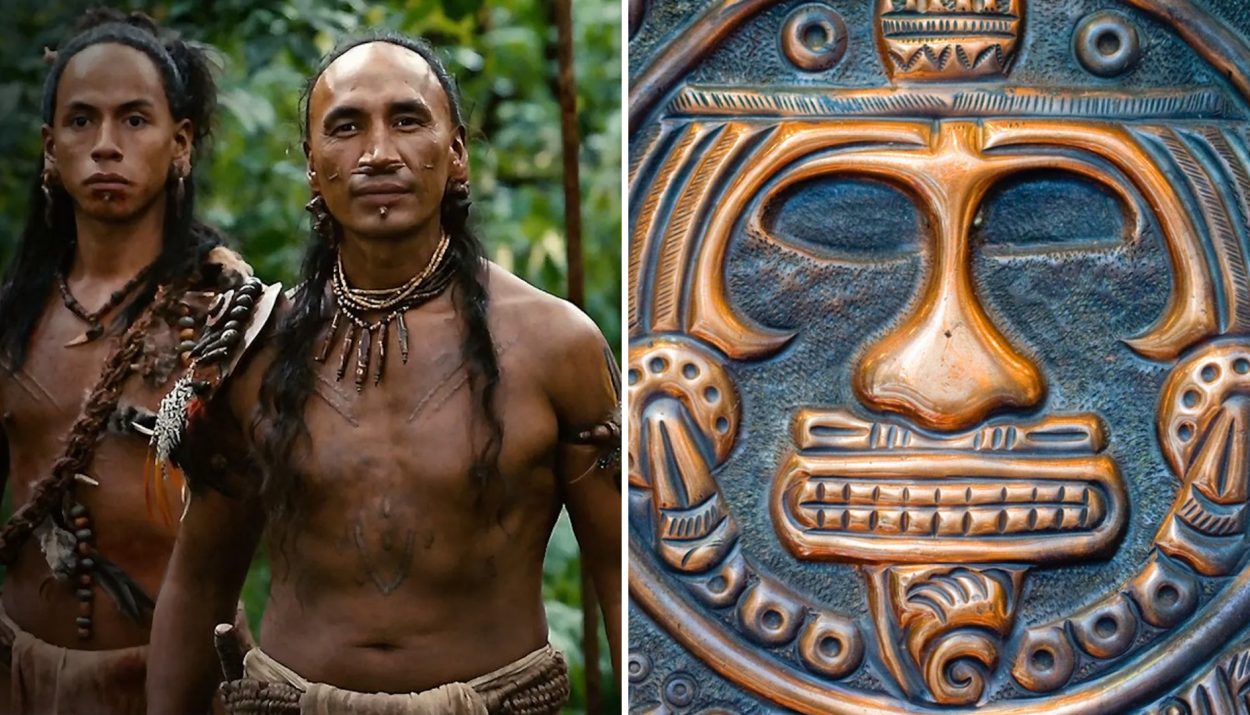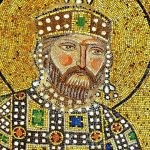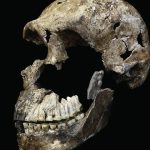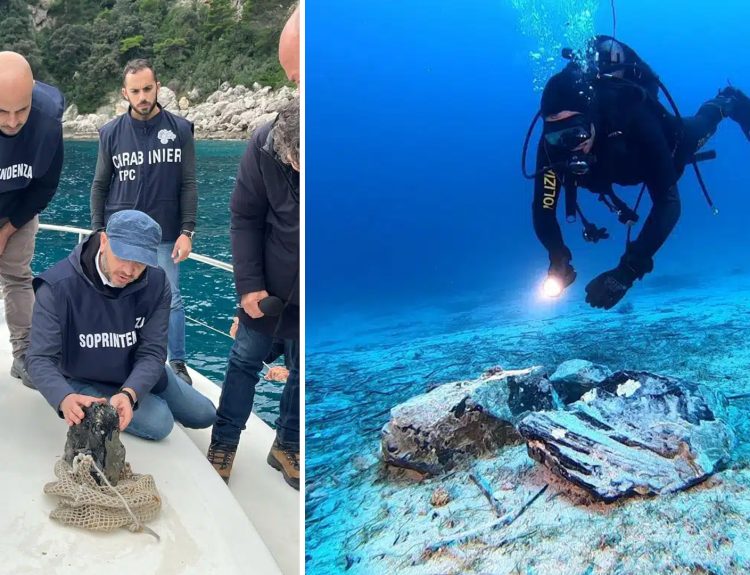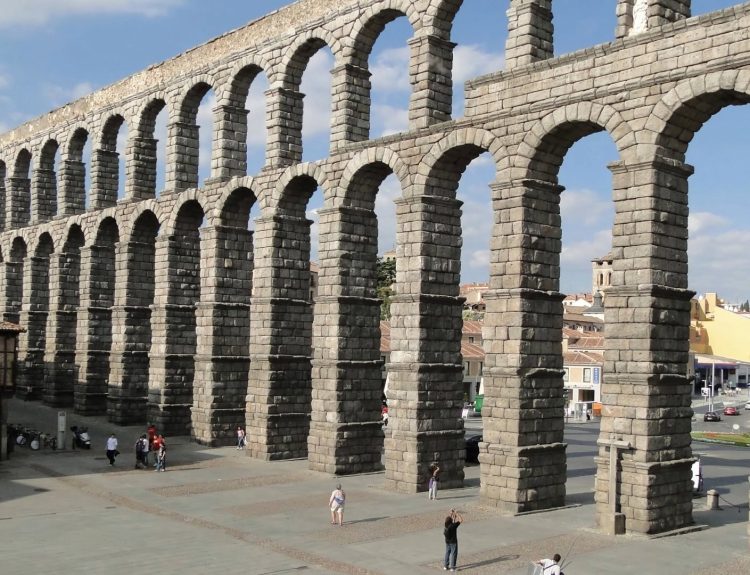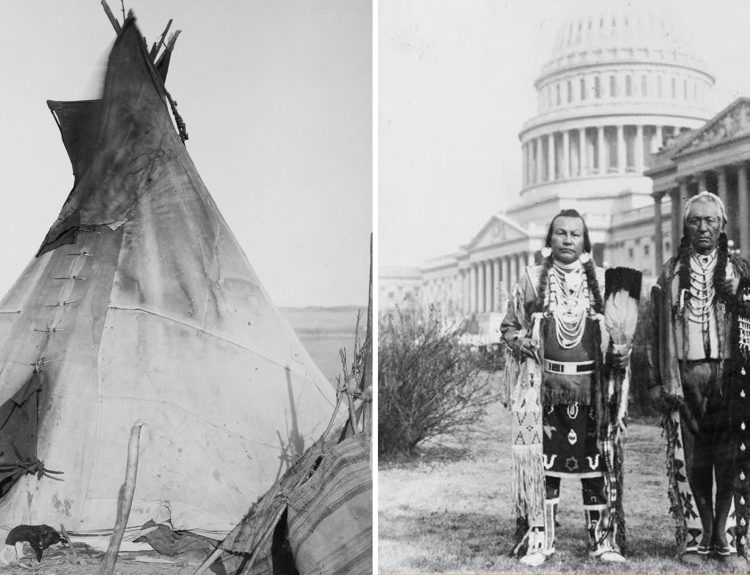The Mayan people of Mesoamerica were much more sophisticated and advanced than we give them credit for. This civilization, which existed from around 2000 BC to the late 1500s AD, dominated a vast region in southern Mexico, northern Belize, and most of Guatemala.
During their heyday, the Mayans build stone temples and pyramids that rival those of ancient Egypt. They are expert astronomers, mathematicians, and architects. They developed a highly accurate calendar and an advanced writing system. Eurocentric world histories often downplay the Mayan culture, but let’s focus on the incredible achievements of the amazing Mayans.
The Rise of the Mayans
Mayan villages have been unearthed in Belize that date to about 2600 BC and there is evidence that they lived in small farming villages and coastal communities for hundreds of years. By around 1000 BC, these villages had grown into cities. When the Mayans began building large-scale temples, the populations of the cities drastically increased.
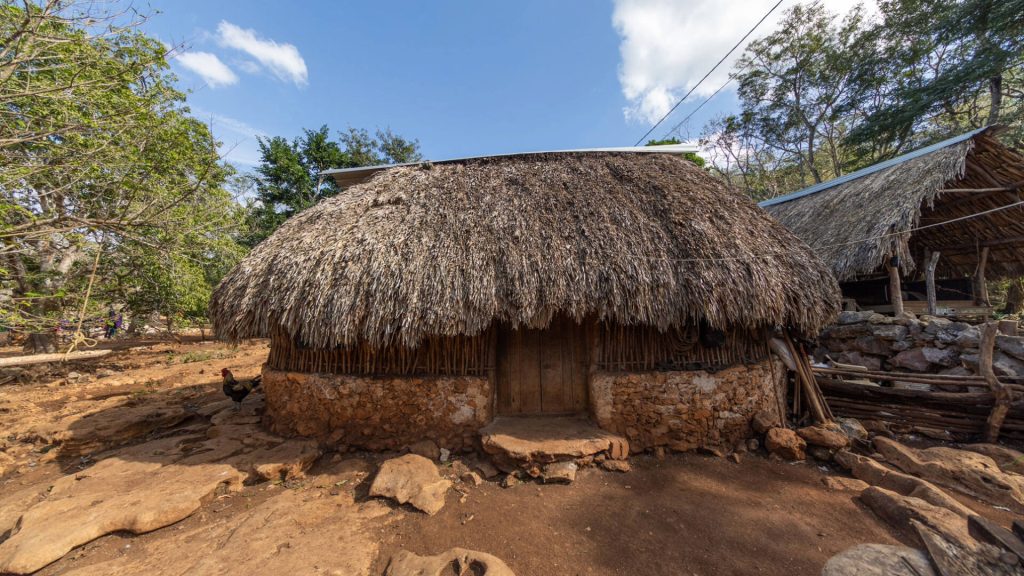
Like the ancient Greeks, the Mayan civilization took the form of several independent city-states. Loose alliances formed – and dissolved – between the city-states. Although there were conflicts and power struggles, the Mayan civilization seemed to thrive until the arrival of the Spanish in the late 1500s.
The Mayan Calendar
Keen observers of the sky and meticulous recordkeepers, the Mayans had the raw data they needed to develop a sophisticated and highly accurate calendar. Or, calendar system, rather. There was the cyclical “calendar round” calendar and the “long count” calendar which never repeats.
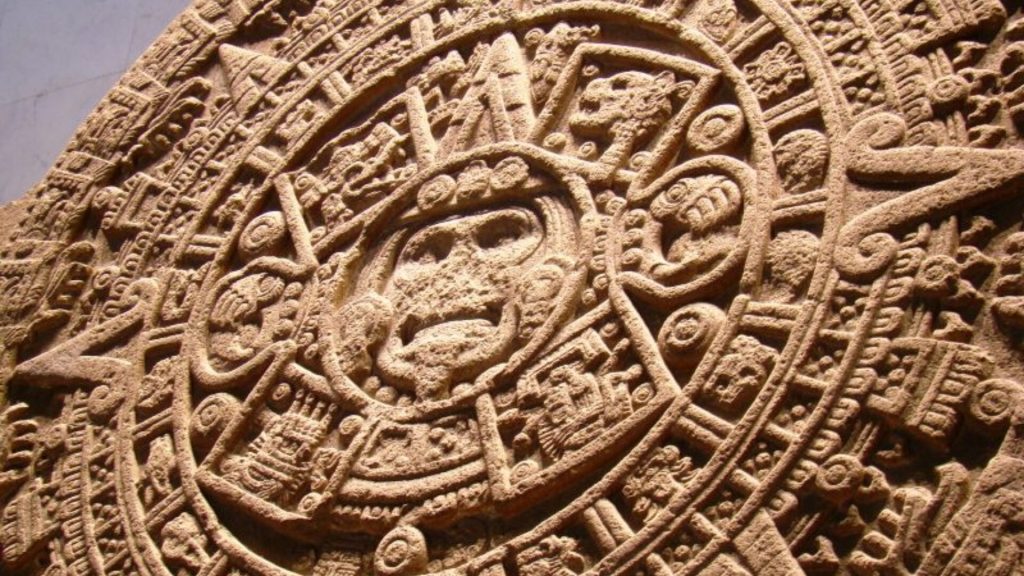
Mayan astronomers used both solar cycles and lunar cycles when calculating their calendar. It was amazingly accurate. For example, the Mayan solar calendar was more accurate than the Julian calendar developed by European scientists.
Predicting the Future?
In 2012, the word was abuzz with the idea that the Mayans had predicted a doomsday cataclysm that would happen on the Winter Solstice of that year – December 21, 2012. The Mayan Doomsday Prophecy allegedly claimed that the Mayan long count calendar ended on this date after recording the days for 5,126 years.
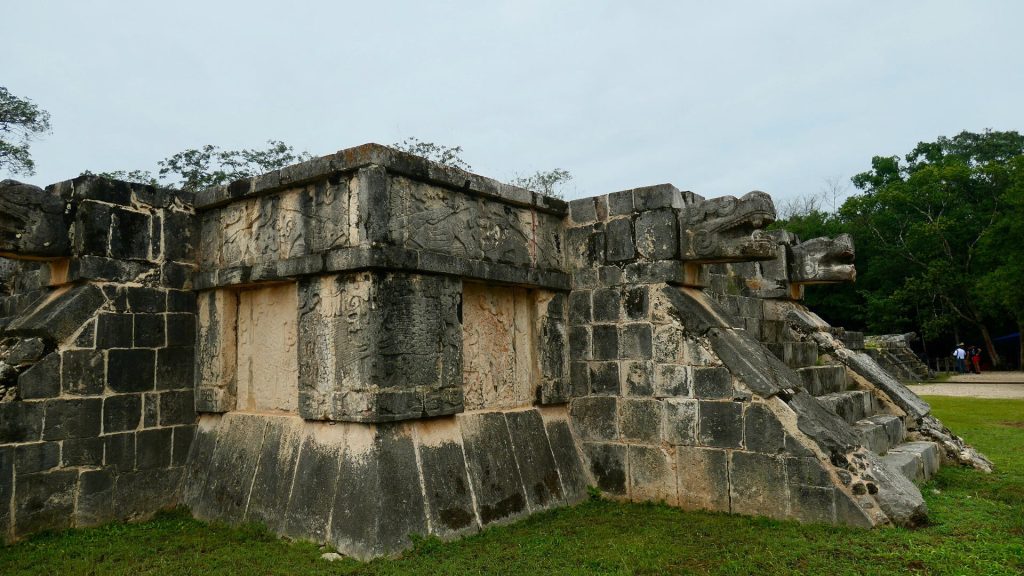
While it made for a good excuse to throw an “End of the World” Party or visit Chichen Itza, scholars and historians attempted to debunk this myth. They pointed out that there is no mention in any surviving Mayan writings to suggest that they predicted the end of the world. They did, however, predict that they would be defeated by a foreign enemy – which, as we will see, turned out to be accurate.
Monumental Builders
Using mathematics, Mayan architects and engineers were able to build massive temples, cities, and pyramids out of stone. While the Spanish invaders destroyed many of these structures, the ones that remain – such as the El Castillo pyramid at Chichen Itza and the impressive temples at Tikal – demonstrate the skills of the Mayan builders.
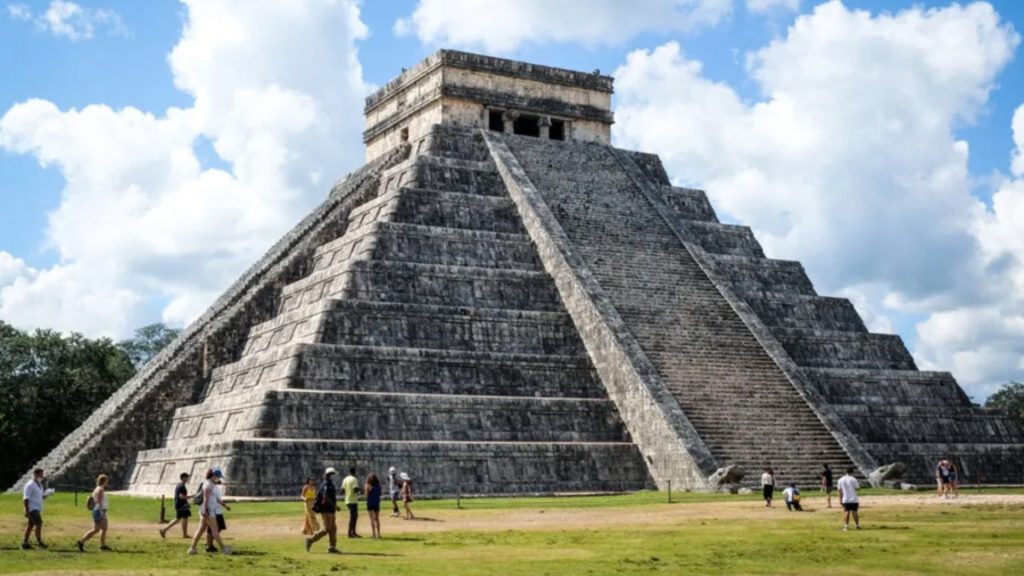
The great Mayan cities had spacious palaces, temples, plazas, and ballcourts. Some of the cities have walls around them, man-made waterway systems, and observatories.
Agricultural Accomplishments
From their earliest settlements, the Mayan people were accomplished farmers. They developed effective ways to grow beans, squash, and sweet potatoes. They also grew cotton, sunflowers, tomatoes, and chilies.
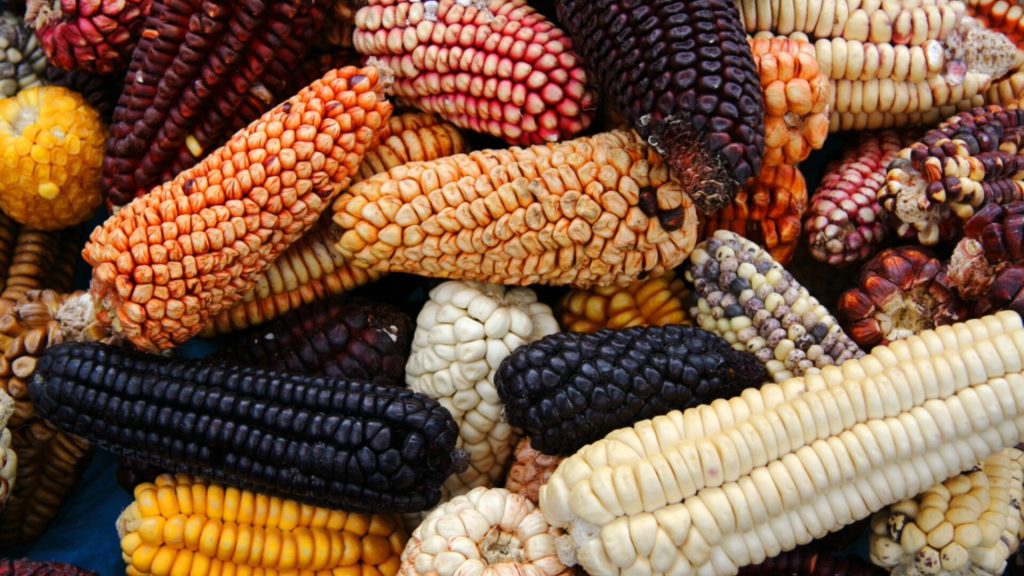
Through selective breeding and careful cultivation, the Mayans transformed a humble grain into corn, or maize. They also constructed raised garden beds, irrigation canals, and terraced agricultural fields.
The Mayans Invented Chocolate
The Mayan people also cultivated cacao. From the seeds of the cacao pods, they invented chocolate. It was not the sweet milk chocolate candy bars we love today. Instead, the Mayans made a bitter beverage from the cacao seeds.
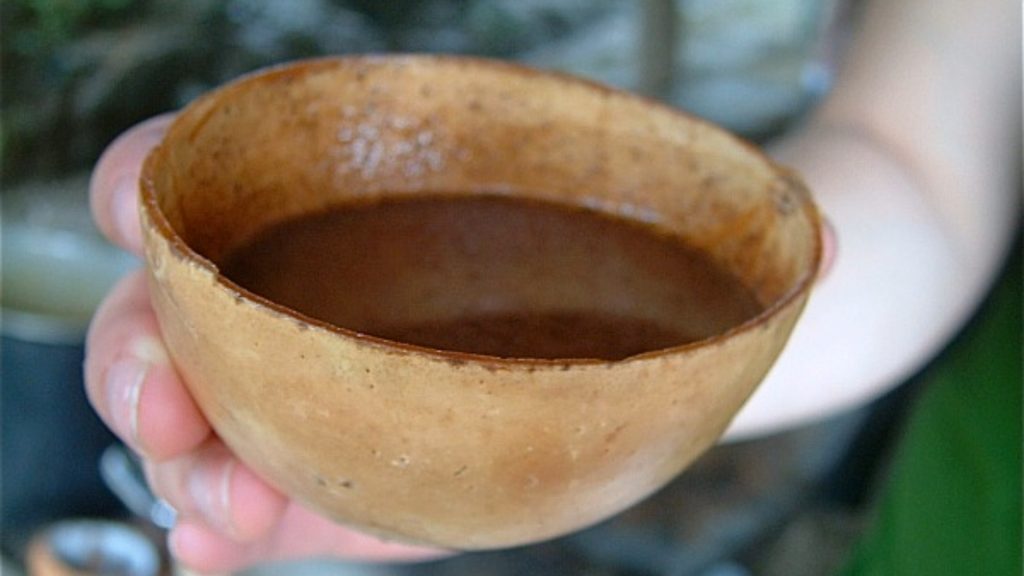
The chocolate drink was an important part of Mayan rituals and ceremonies. It was most often consumed by spiritual leaders or the wealthy elite, rather than the average person. Oh, and we can also thank the Mayans for cultivating vanilla.
The Mayans and Their Dogs
The Mayans really didn’t domesticate livestock animals, except for a breed of duck. They did, however, round up some wild animals, including deer and turkeys, that were penned, fattened, and butchered. But the Mayans loved their dogs.

Archaeologists believe that the Mayan people domesticated dogs as early as 3000 BC. The dogs served as companions, watchdogs, and assisted in their hunts.
The Mayan Writing System
Scholars have called the Mayan writing system the “most sophisticated and highly developed writing system of all pre-Columbian cultures.” The written language can be traced back to around 300 BC but has evolved greatly since it first began.
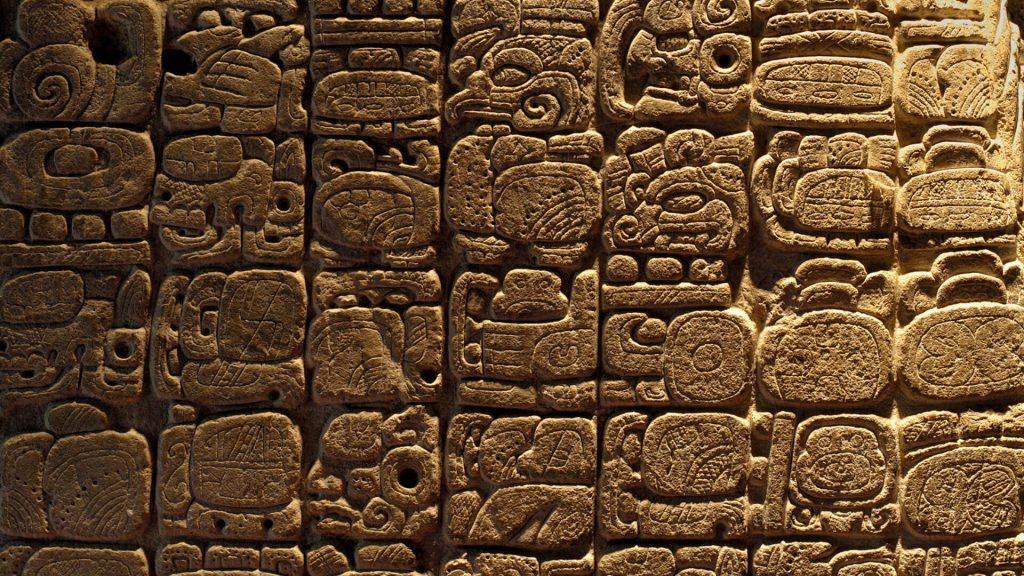
The written language is glyph-based, with symbols used to represent sounds. By combining the symbols, the reader could phonetically sound out the word, not unlike our alphabet system. But there were a lot more symbols in the Mayan written language. There were roughly 500 glyphs in use.
The Literary Achievements of the Mayans
The Mayan people made paper from tree bark and fashioned book-like documents called codices on which they recorded vast amounts of information. They were prolific writers and produced volumes of literature. Sadly, only a small number of these codices survived.
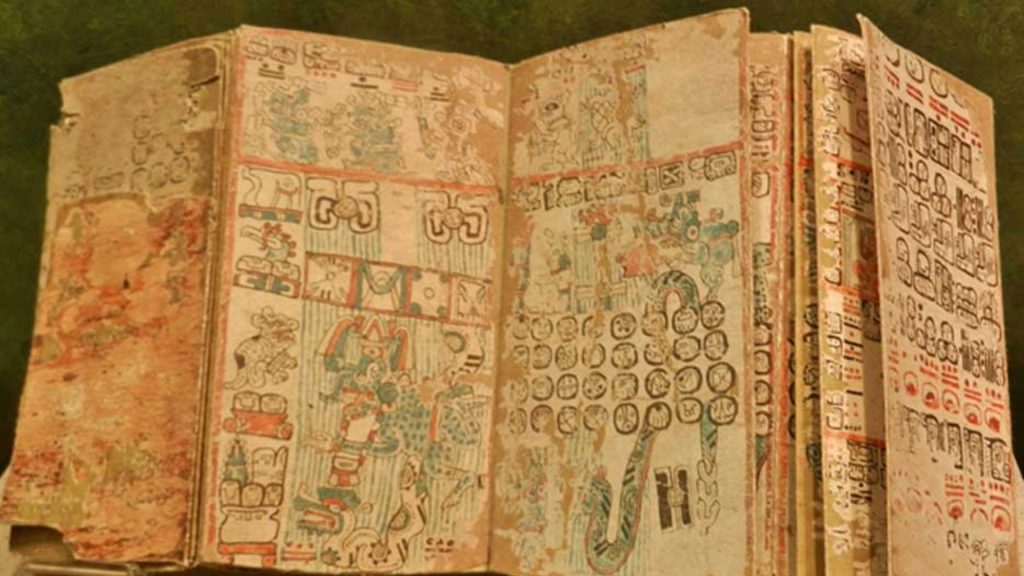
Spanish missionaries sent from Europe to convert the Mayan people to Catholicism, led by Bishop Diego de Landa, destroyed all the Mayan written documents they could find. The irretrievable loss of knowledge and literature is devastating. Today, only a few documents remain, such as the Madrid Codex, the Paris Codes, the Maya Codex of Mexico, and the Dresden Codex.
The Mayan Ballgame
The Mayan people loved sports. Well, only one sport. The Mayan ballgame is believed to have originated more than 3,000 years ago. It was played on a huge court constructed out of stone. In fact, ballcourts were a prominent feature in most Mayan cities.

The game was played with a rubber ball – rubber is another Mayan invention – and a round, stone hoop. Picture a basketball hoop that is mounted vertically, rather than horizontally. The object of the game, of course, was to get the ball through the hoop. Pop culture references often tell us that the losing team was ritually sacrificed after the game. Scholars still debate this. Certainly, human sacrifices did take place, but it may have been slaves or enemy captives, not the players, who were sacrificed.
Specialized Observatories
The people of the Mayan culture were so fascinated by astronomy that they built large observatories to aid them in charting the movements of celestial bodies. The data learned from their observations of the heavens helped them in creating their calendars and in determining the appropriate days for religious ceremonies.
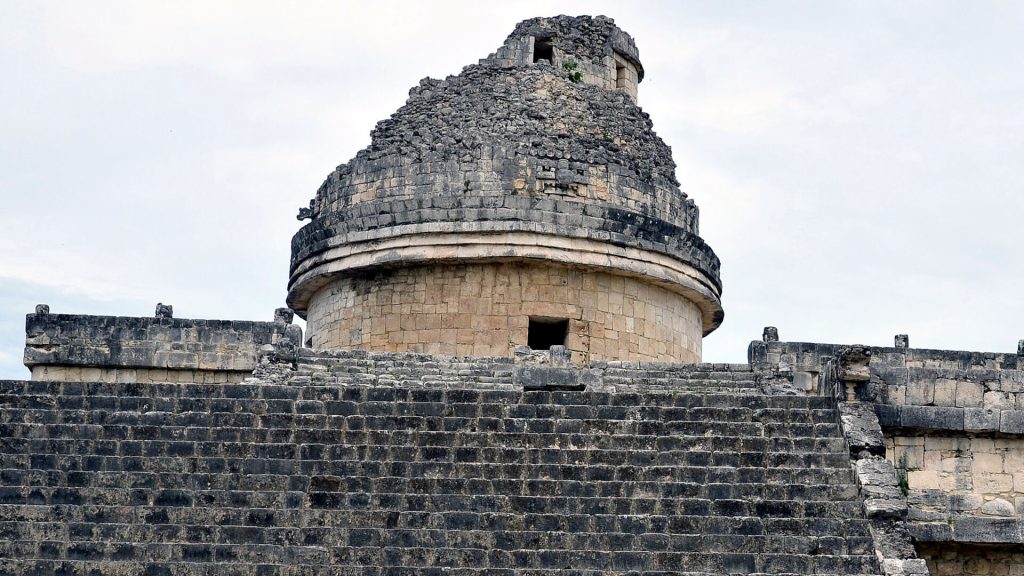
The observatory at Chichen Itza still stands. Called the Caracol, this towering stone structure had windows through which the astronomers made their observations. The sight-lines in the Caracol windows match up to the far extremes of Venus’s planetary movements.
A Fascination with the Stars
The Mayan astronomers tracked the cycles of the sun and the moon. They also kept detailed records of eclipses and comets. They observed the movement of the stars and followed the planets, Venus, Mercury, Jupiter, and Mars. The eclipse tables and star charts they created were more accurate than those of European astronomers.
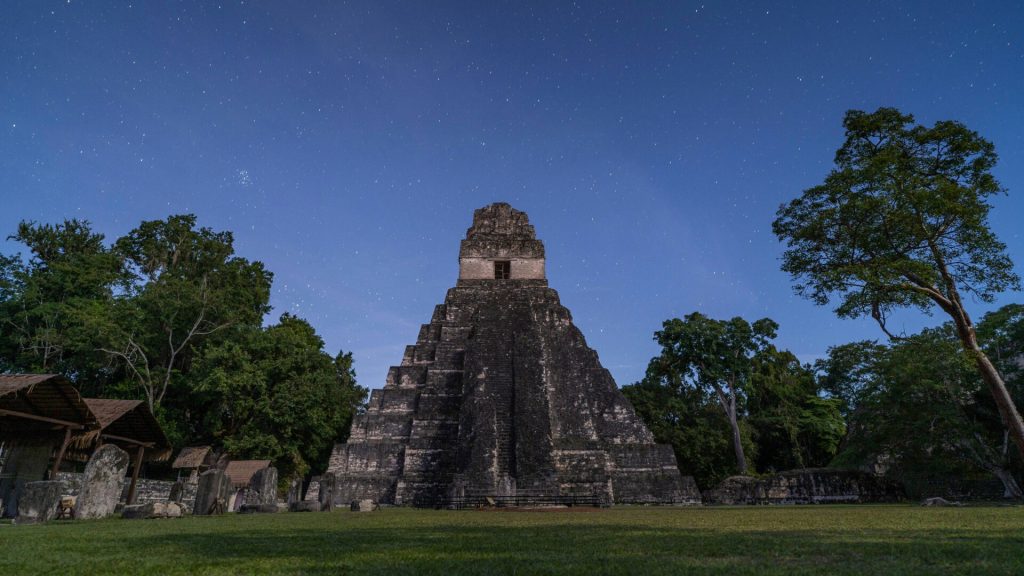
In one of the only surviving Mayan codices, the Dresden Codex, there is information explaining that the eclipses, both solar and lunar, were viewed as dangerous and precarious times. Being able to accurately predict eclipses allowed the Mayan people to prepare for the coming doom by performing a sacred ceremony or sacrificing humans to appease the gods.
The Mayan Were Resilient
Archaeologists have discovered that several of the great cities of the Mayan empire – in fact, nearly all of the large cities in Guatemala and parts of what is now Honduras – were abandoned sometime around the year 900 AD. People relocated to other cities, such as Chichen Itzaand Mayapan. Why this happened is a topic of debate among scholars.
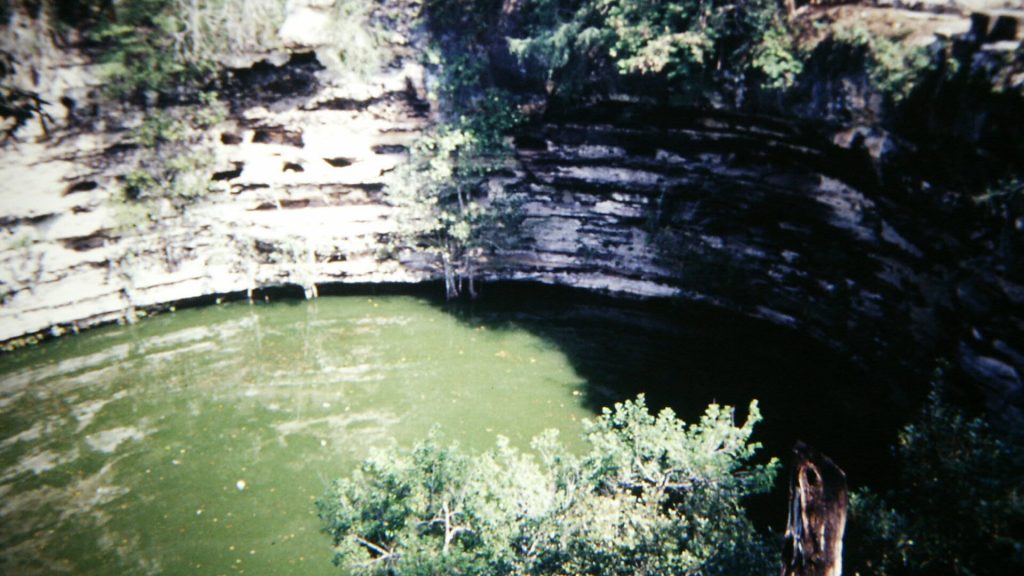
Loss of resources, diminishing trade routes, overpopulation, war, and disease are all likely explanations to explain why the population would flee a thriving city. Drought, however, is the top candidate. Most of the Mayan territory is land devoid of rivers. The only source of water comes from underground cenotes. During drought conditions, the water levels drop to dangerous lows … not enough to sustain a populous city.
The Realm of the Gods
The religious beliefs of the Mayan people were complex. Like the Romans and Greeks, they worshiped a pantheon of deities that have jurisdiction over various natural phenomena. The top god, the Mayan creator god, was Itzamna, the oldest and most significant deity. The goddess Ix Chel ruled over childbirth, health, and medicine.
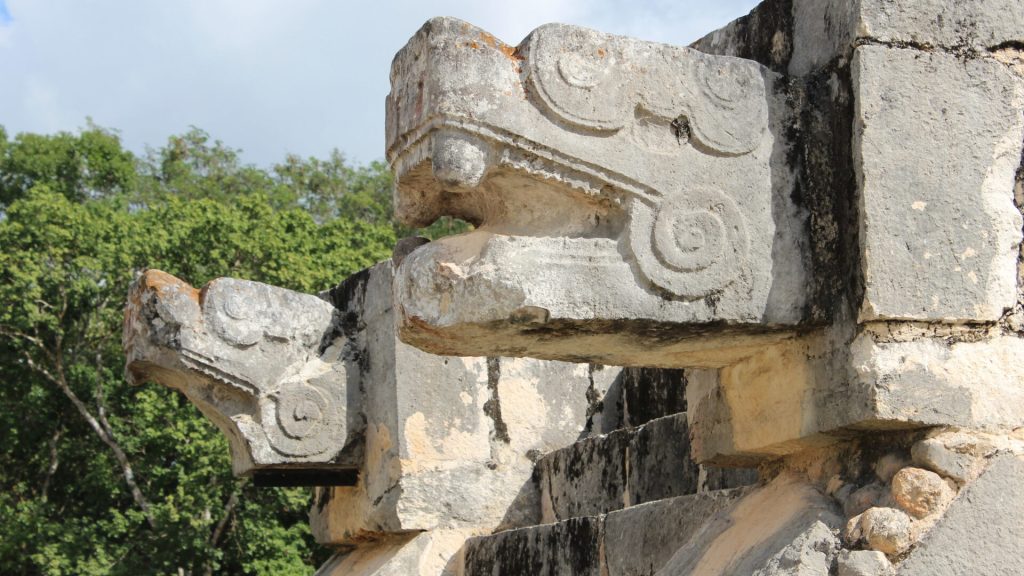
The god of cacao, which was vital to their rituals, was Ek Chuaj. Kukulkan, the serpent god, was powerful in the Mayan religion. The god Kinich Ahau ruled over the sun and Bacab controlled thunder.
Venerating the Ancestors
A key aspect of the Mayan religion was worshiping one’s dead ancestors. It was thought that a person’s deceased relatives watched over them from the supernatural realm. When needed, they could step in to help their living relatives, especially when spiritual entities threatened them.
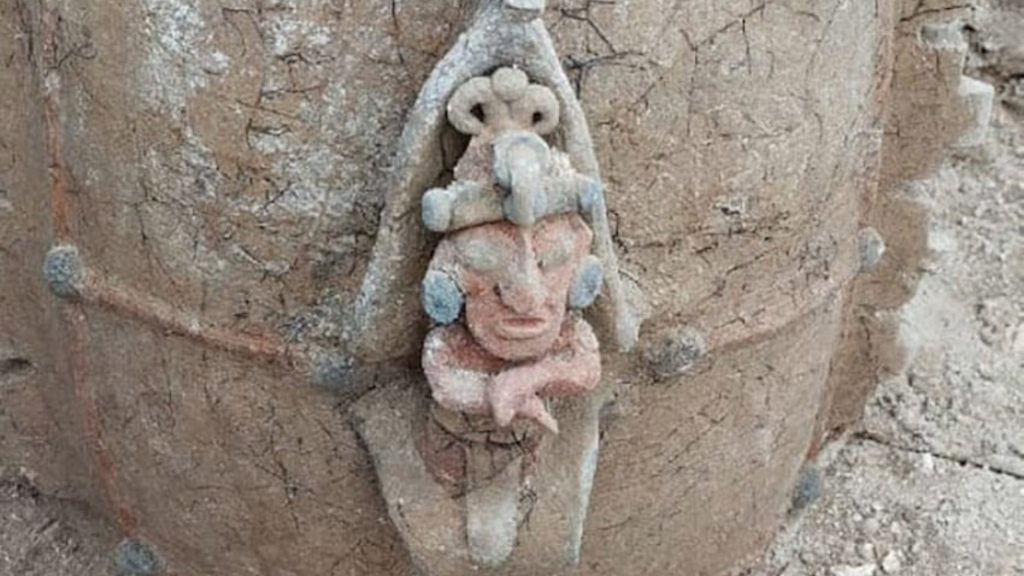
Shamans served as the middlemen linking the world of the living with the supernatural world. To keep their dead ancestors happy, the Mayan people presented them with ritual offerings and conducted ceremonies in their honor.
Ever-Present Mayan Deities
The Mayan deities were hands-on in the lives of the Mayan people. The Mayan believed that the gods had a presence in all aspects of their everyday lives. From preparing food to harvesting maize, and from engaging in trade to building shelters, the Mayan gods were ever present.
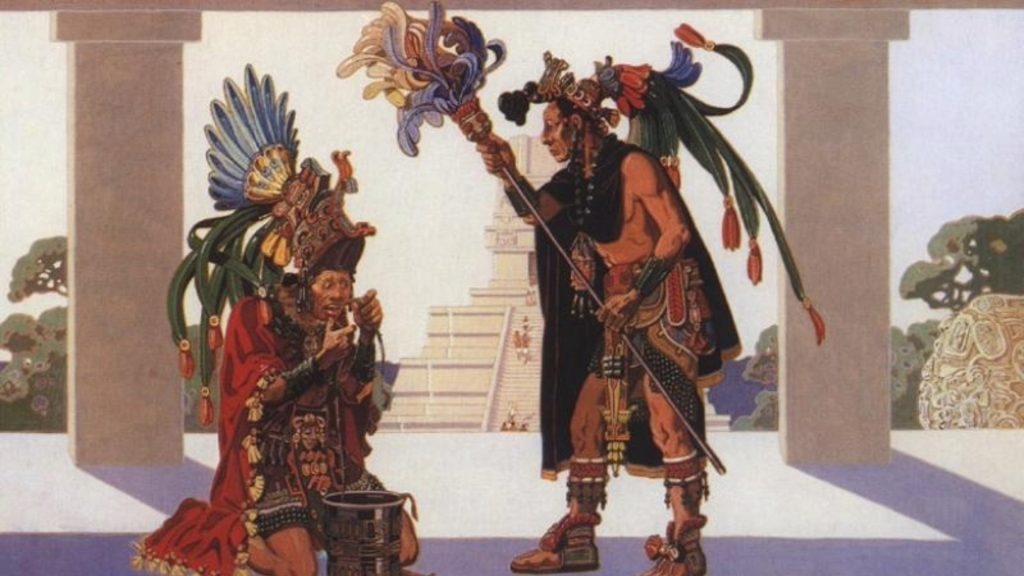
Mayan priests performed ceremonies to demonstrate to the gods how thankful they are. These ceremonies combined dancing, music, feasting, offerings, and even human sacrifices.
Amazing Artists
Art was important to the Mayan people. Paintings, sculptures, pottery, and carvings have been unearthed to show us how talented and creative the Mayan people were. There are traces of paint left behind on many of the murals, statues, and carvings, showing us that color was loved by the Mayans.
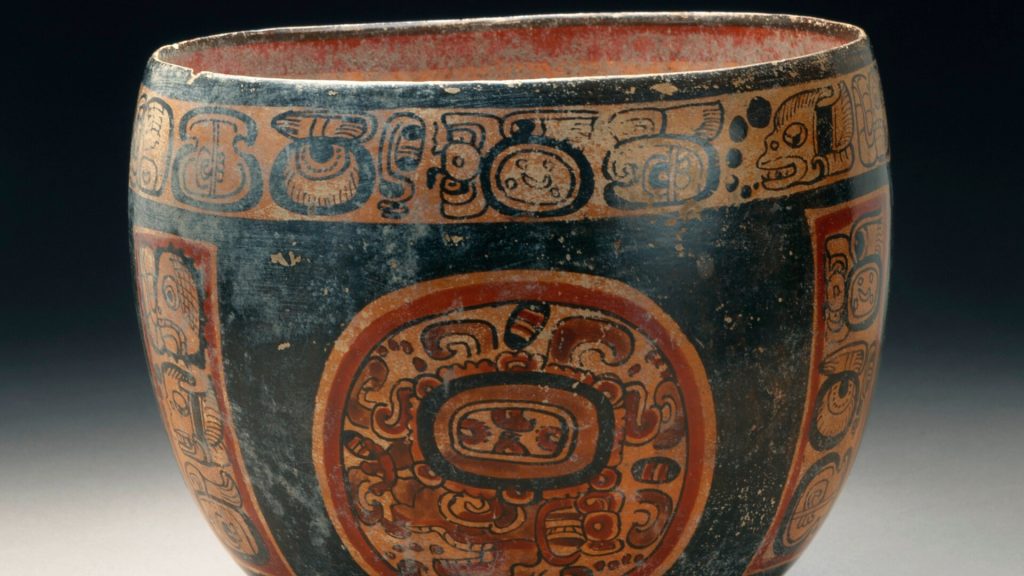
In addition to painted murals, ceramic pottery, and statues, the Mayans created smaller figurines, beads, jade pieces, ornamental masks, and illustrations. The artistic style of the Mayans was unlike any other Mesoamerican cultures.
Metal and Stone Working
The Mayan people valued gold and used this metal to make various jewelry and ornamental objects. They also learned how to work with silver. In fact, they were able to produce metal alloys, including copper-tin, copper-silver, and more.
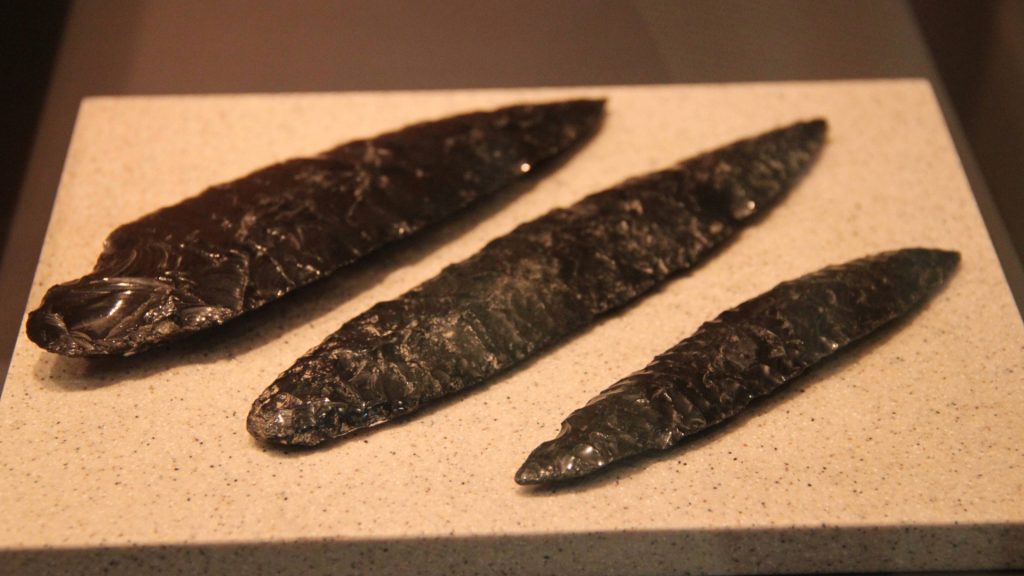
In addition, they crafted artifacts out of jade, obsidian, and flint. Flint was used to make tools and obsidian was ideal for knives and weapons.
Mayan Mind-Altering Drugs
As a way to better connect with the supernatural world, Mayan priests and shamans partook of the hallucinogenic plants and fungi growing in the region. After consuming water lilies, peyote, the seeds of the ololiuqui, and various mushrooms, the priests experienced visions and heard voices.
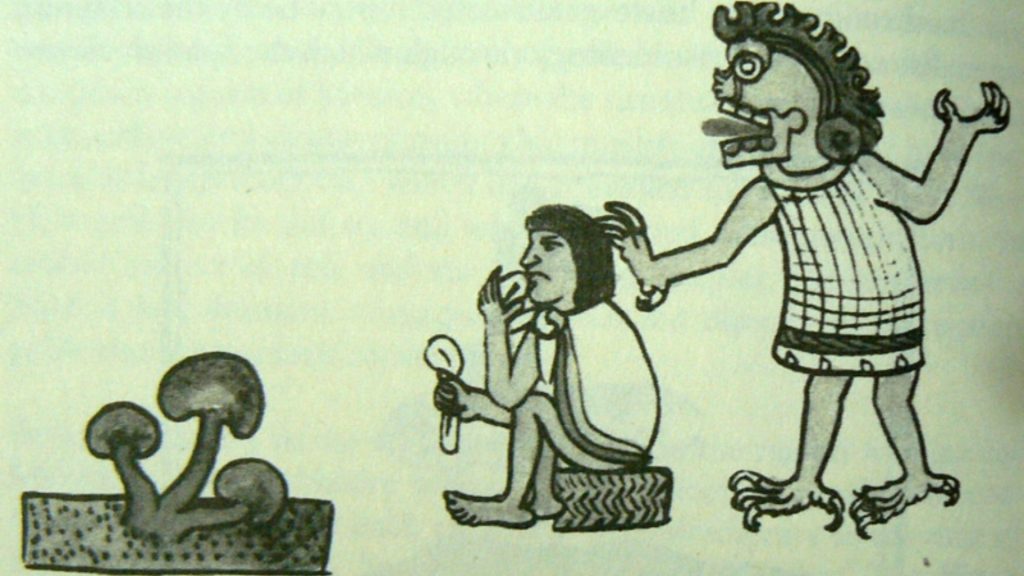
Naturally growing plants and mushrooms contain psilocybin, mescaline, lysergic acid amide, and other mind-altering substances that facilitate their visions and heighten their connections to the spirit world.
An Extensive Trade Network
The Mayan people not only engaged in extensive trade between the various city-states, but with settlements further away. They traded salt, obsidian, textiles, agricultural items, and gold with people across Mesoamerica.
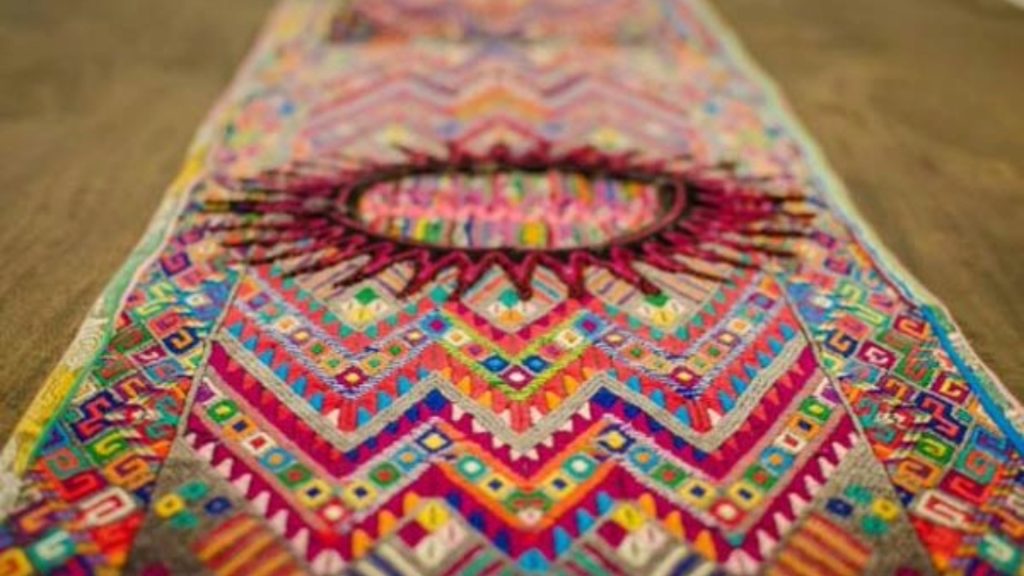
There is also evidence that the Mayans even traded slaves. Since the Mayans did not have domesticated pack animals to carry their goods, they needed humans to transport trade goods across long distances.
The Defeat of the Mayan Empire
In 1502, Spanish conquistadors arrived in Central America and encountered the Mayan for the first time. As this was the colonial era, the Spanish were seeking to add more land to their empire. The territory the Mayan controlled was rich in natural resources … particularly gold … so the Spaniards were determined to claim this land for the Spanish crown.
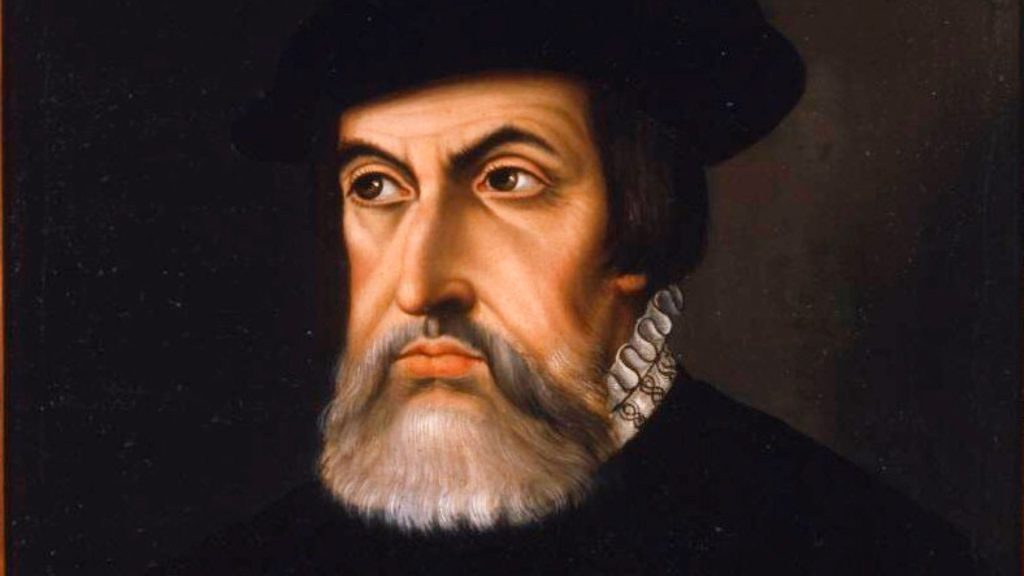
The Mayan people may have outnumbered the Spanish conquistadores, but they were hopelessly outgunned. The Spaniards had horses, guns, and steel swords. They also brought unknown diseases to the New World. Historians point to 1697 as the end of the great Mayan civilization. The Mayans were not completely annihilated. Today, Mexico, Belize, and other parts of Central America are home to plenty of people of Mayan descent.

